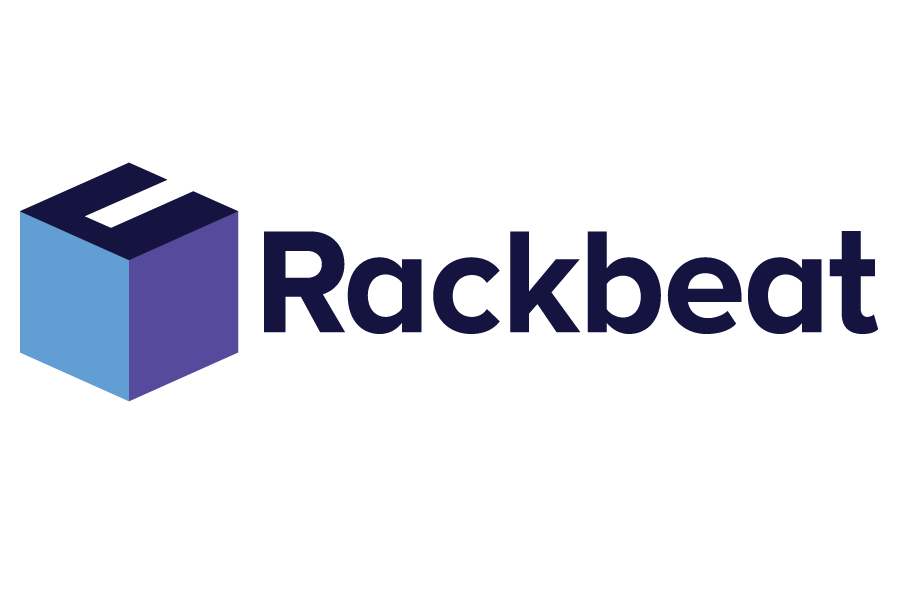Warehouse Automation
Warehouse Automation refers to the application of technology and automated systems to perform various tasks in a warehouse. This can include everything from inventory management, picking and packing, to shipping and receiving. The goal of warehouse automation is to increase efficiency, reduce errors, and minimize the need for manual labor.
Rackbeat June 14, 2024
Technologies and Benefits of Warehouse Automation
Warehouse automation encompasses a broad spectrum of technologies and processes. This can include the use of robots for picking and packing goods, automated transport systems like conveyor belts and AGVs (Automated Guided Vehicles), as well as advanced software solutions for warehouse management (WMS – Warehouse Management Systems).
The benefits of warehouse automation are numerous. Firstly, companies can achieve significant cost savings by reducing the need for manual labor and minimizing human errors. Additionally, automated systems can operate continuously without breaks, which increases productivity. Automation also enhances warehouse safety by reducing the risk of work-related injuries.
Implementing warehouse automation requires a substantial initial investment, but the long-term gains in efficiency and reduced operational costs make it an attractive solution for many companies. The choice of the right technology and systems depends on the specific needs and goals of the business.
Rackbeat’s Warehouse Automation
Rackbeat’s inventory system automatically regulates the stock levels with each recorded sale, purchase, and stock adjustment. This means your inventory value is always updated, giving you a precise overview of the capital tied up in your stock. This automatic adjustment ensures that you always have the necessary information to make informed decisions, particularly in relation to your purchasing management, which can optimize your inventory and improve your financial performance.



